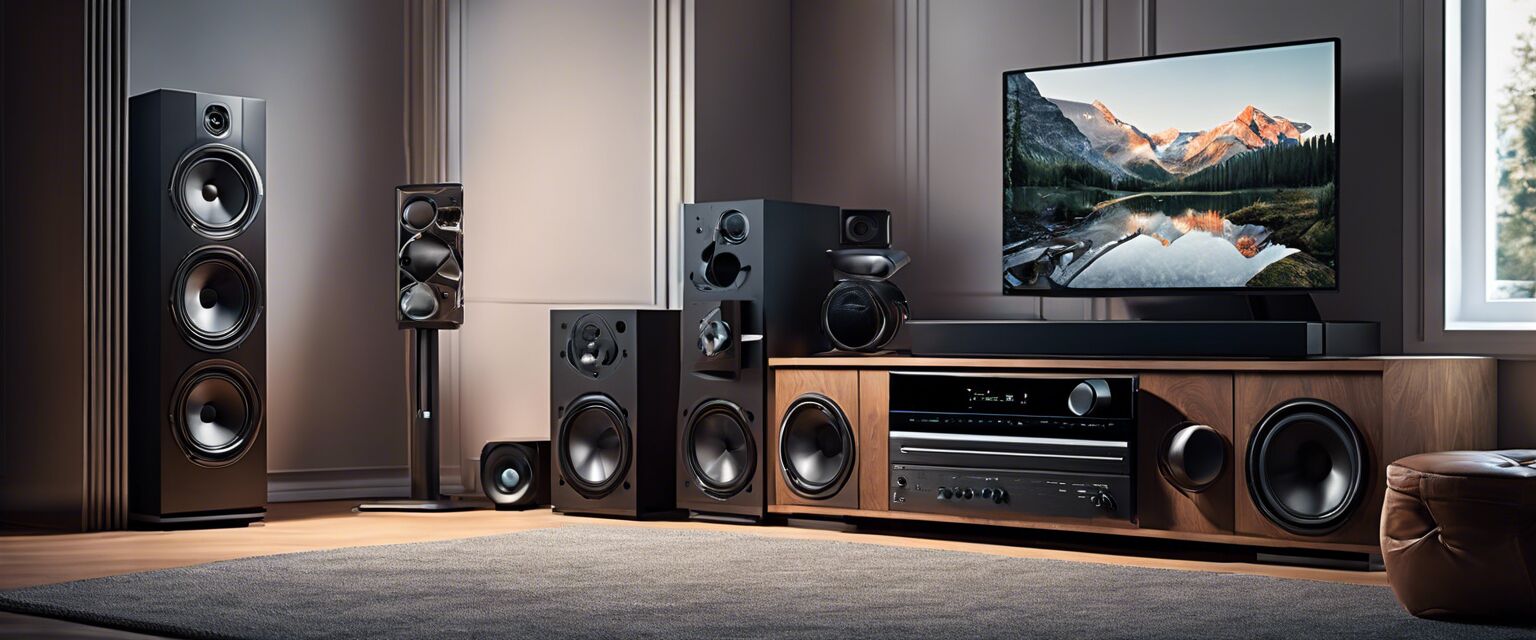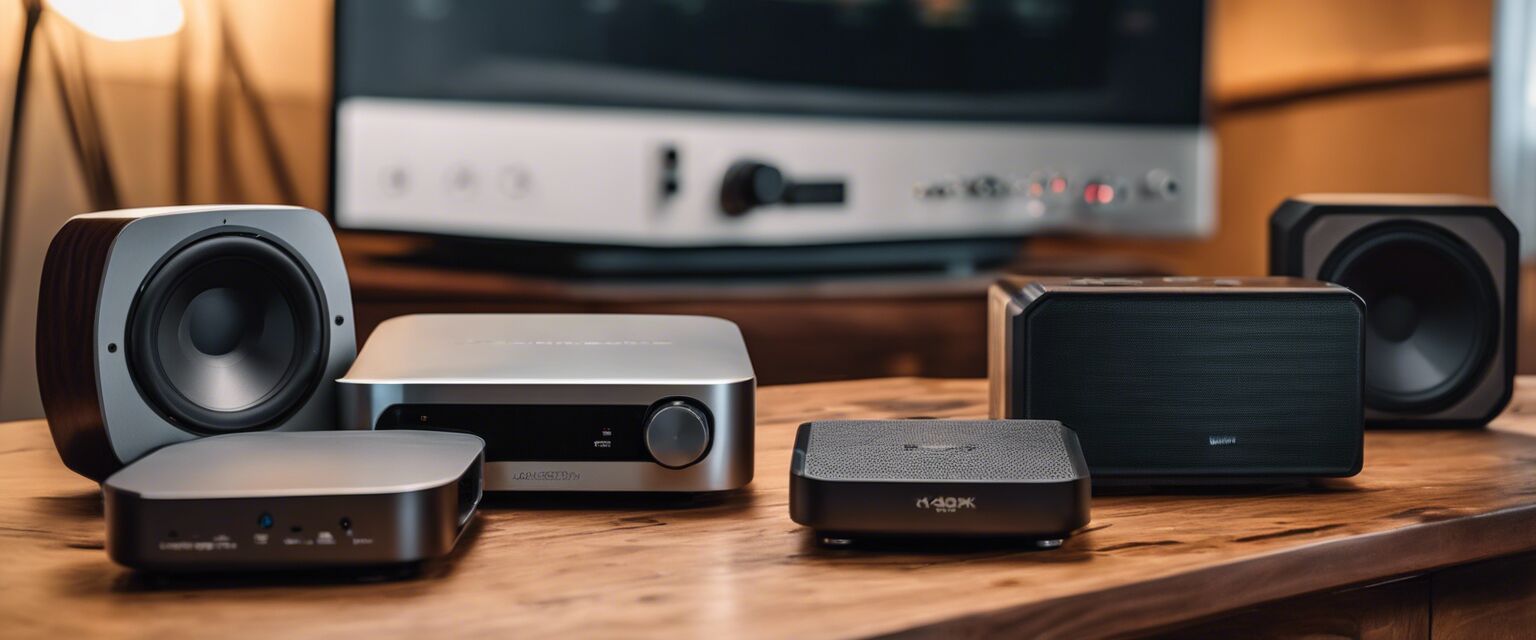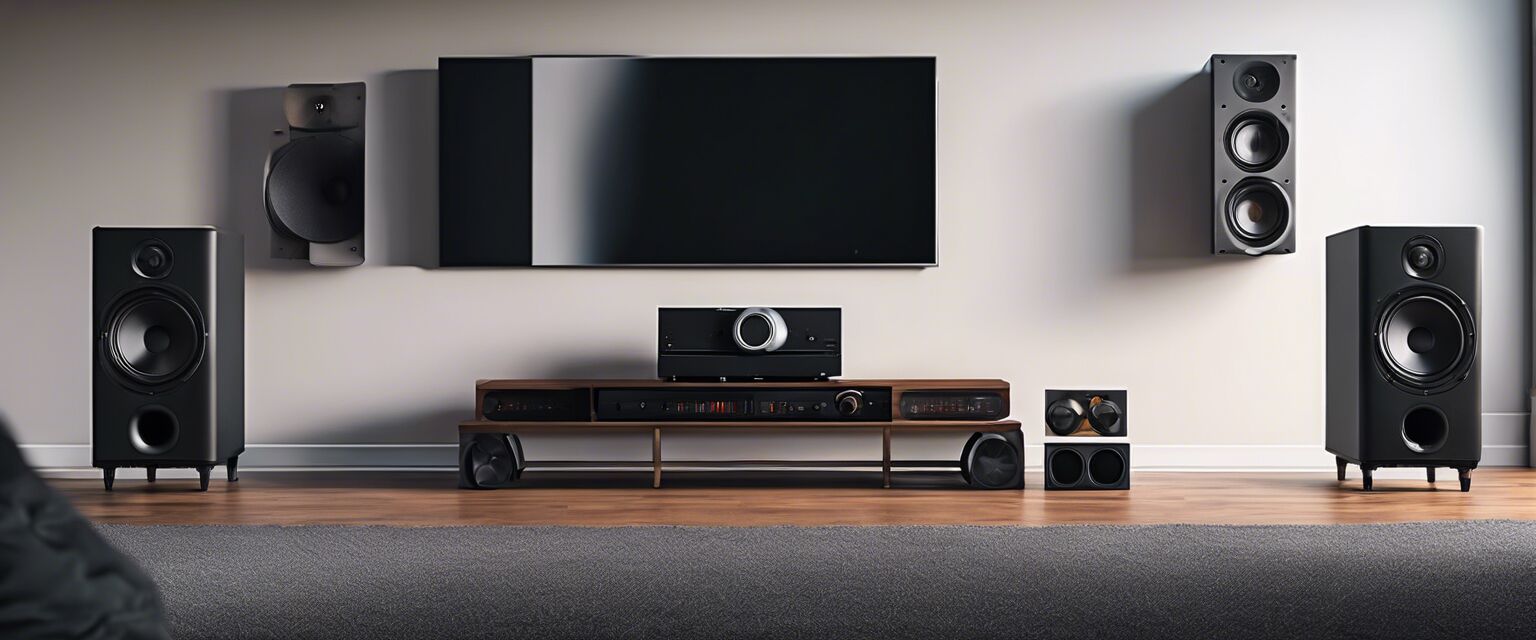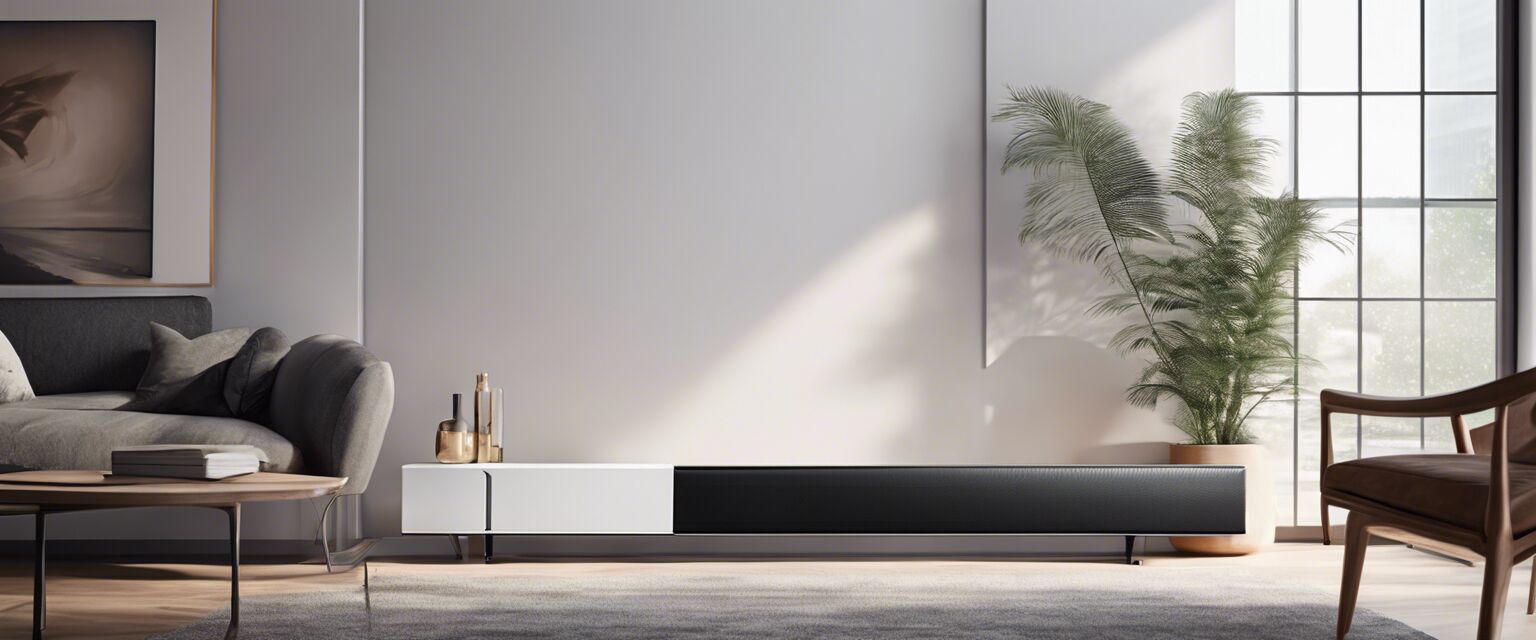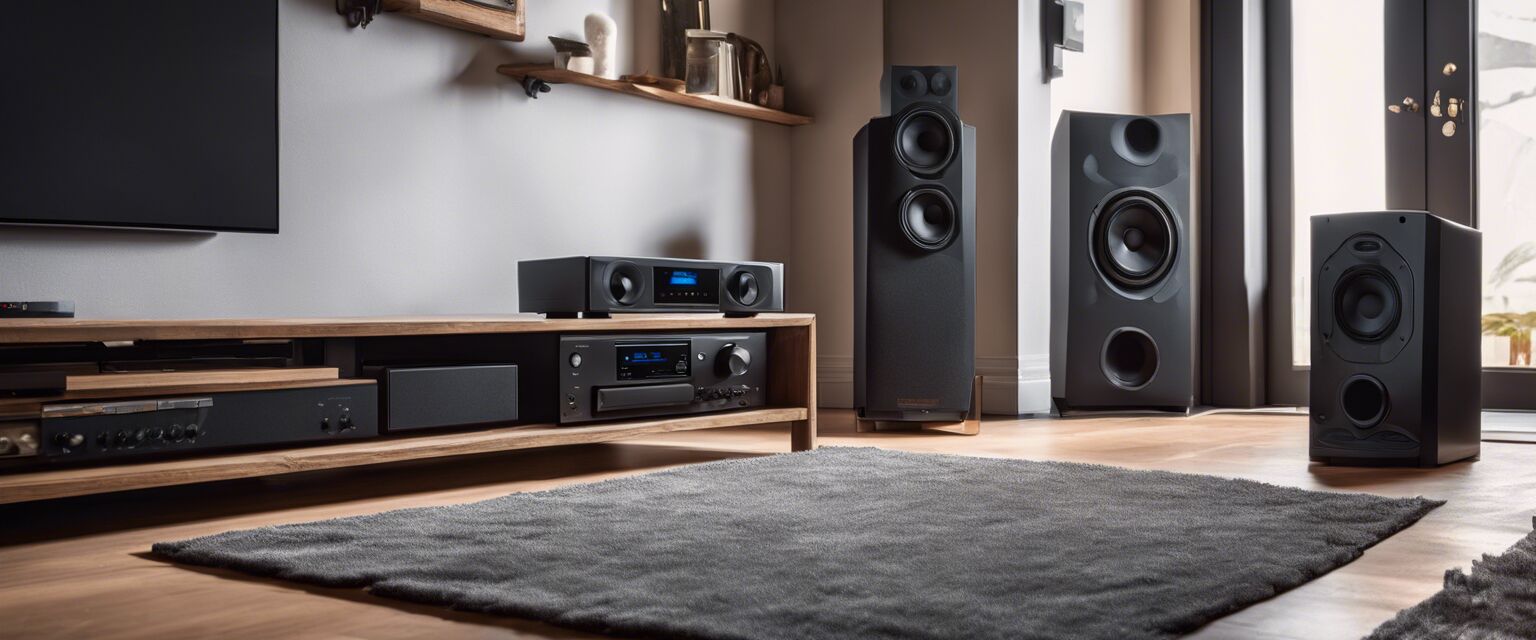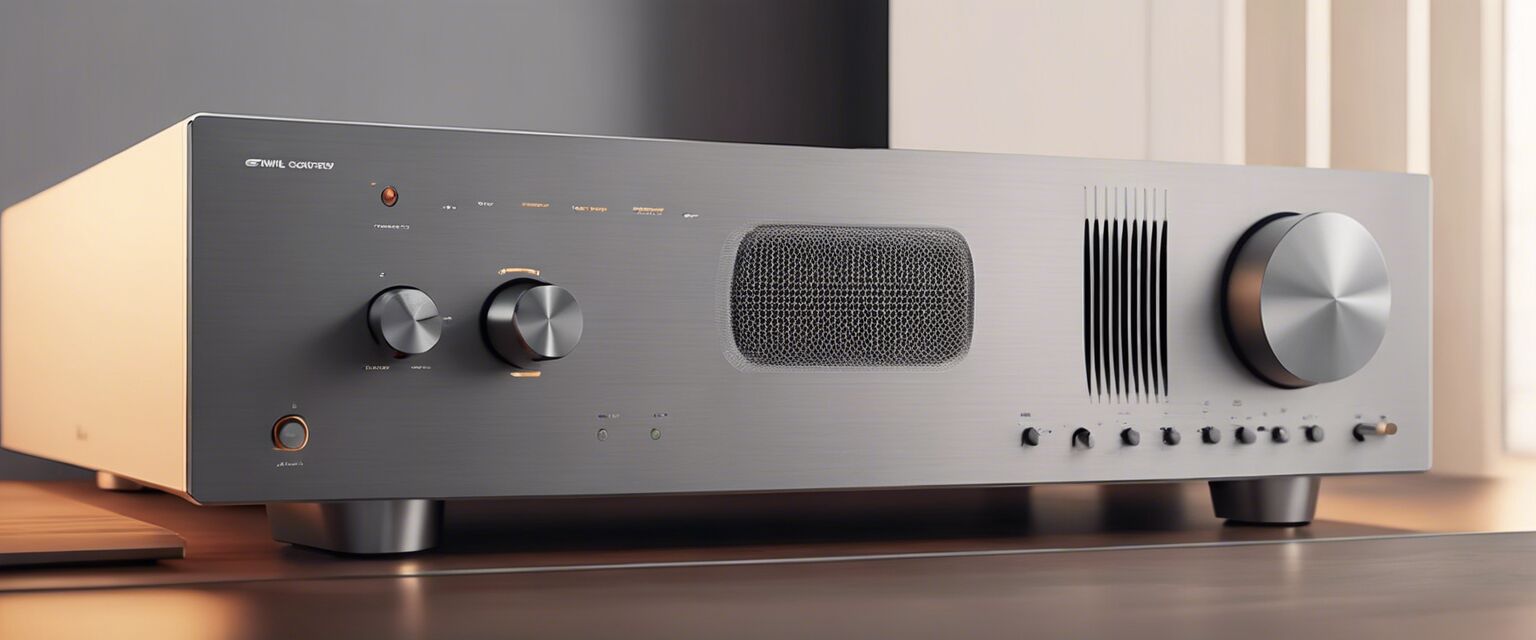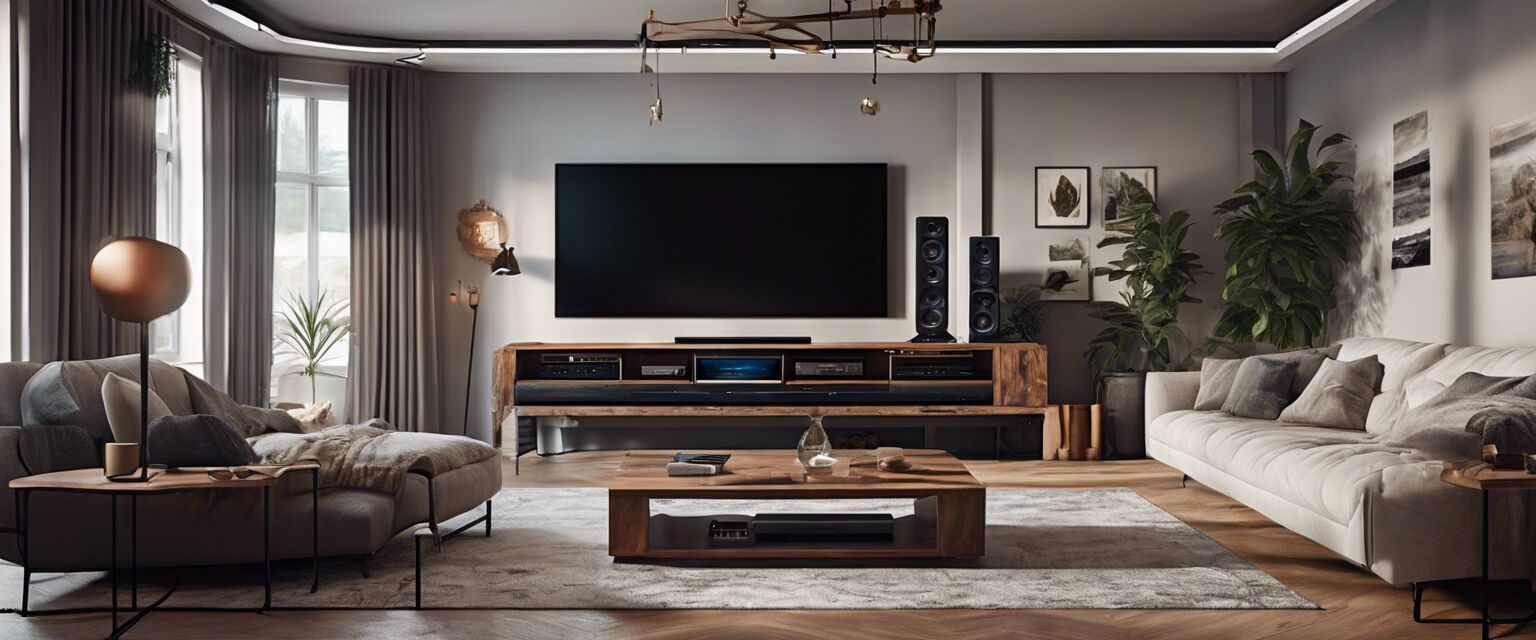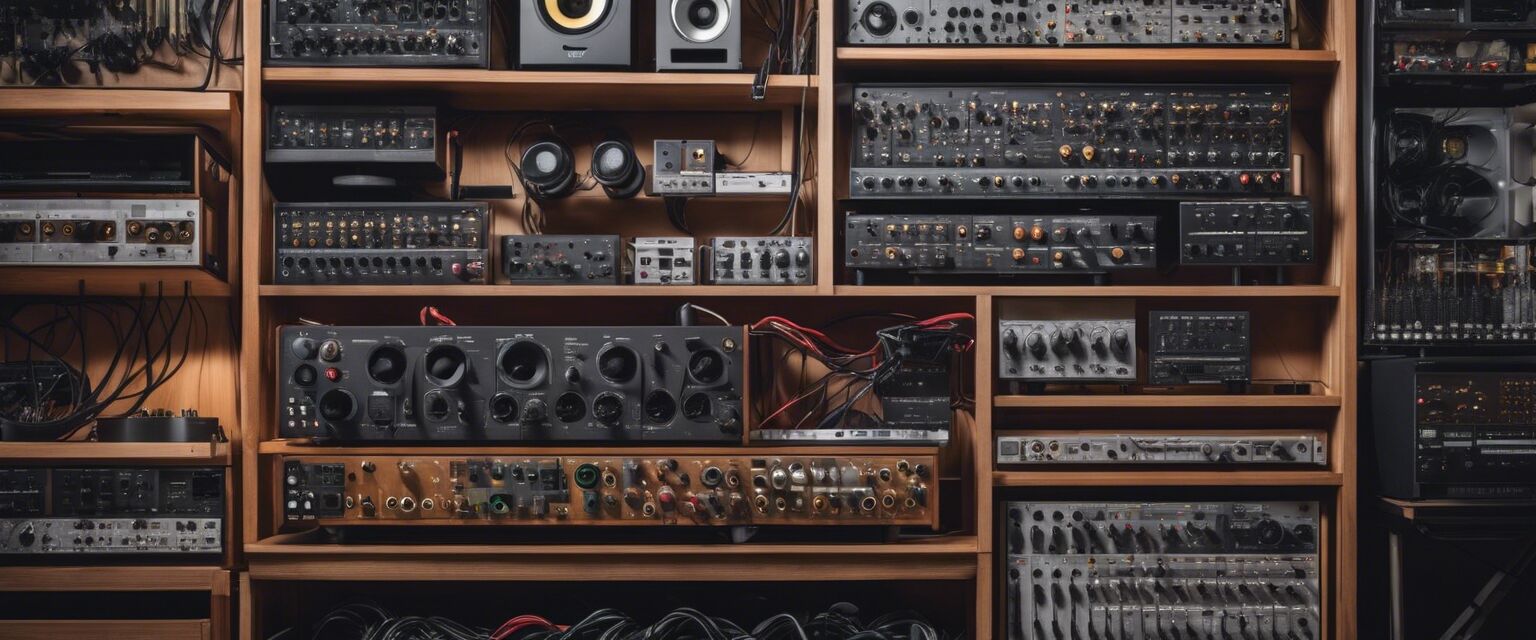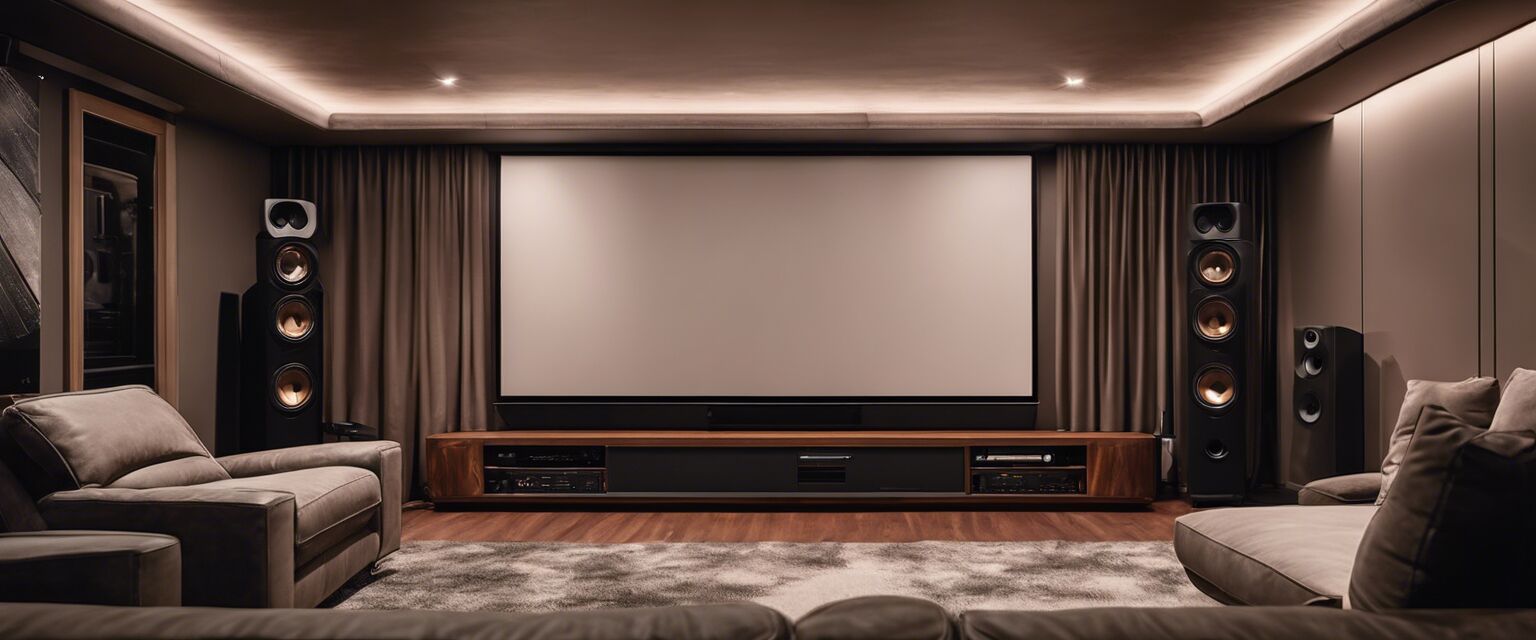
Budget-Friendly Home Theatre Systems
Key Takeaways
- Creating a home theater doesn't have to break the bank.
- Prioritize essential components like a good sound system and a quality display.
- Consider DIY options for custom solutions.
- Research budget-friendly brands and products.
- Placement and room acoustics play a significant role in sound quality.
Setting up a home theater system can seem intimidating, especially when you're on a budget. However, with a bit of planning and research, you can create an immersive entertainment experience without spending a fortune. This guide will walk you through the essential components of a budget-friendly home theater system, tips on DIY options, and best practices for maximizing your audio-visual experience.
Essential Components of a Budget Home Theater System
There are four key components you need for a basic home theater setup: a display, audio system, media source, and comfortable seating. Let's break them down:
| Component | Budget Options |
|---|---|
| Display | Smart TVs, Projectors |
| Audio System | Soundbars, Bluetooth Speakers |
| Media Source | Streaming Devices, Blu-ray Players |
| Seating | Recliners, Bean Bags |
1. Display Options
The display is the centerpiece of your home theater. You can choose between a TV and a projector based on your budget and space:
- Smart TVs: Affordable and versatile, offering streaming capabilities.
- Projectors: Great for larger screens, ideal for a cinematic experience.
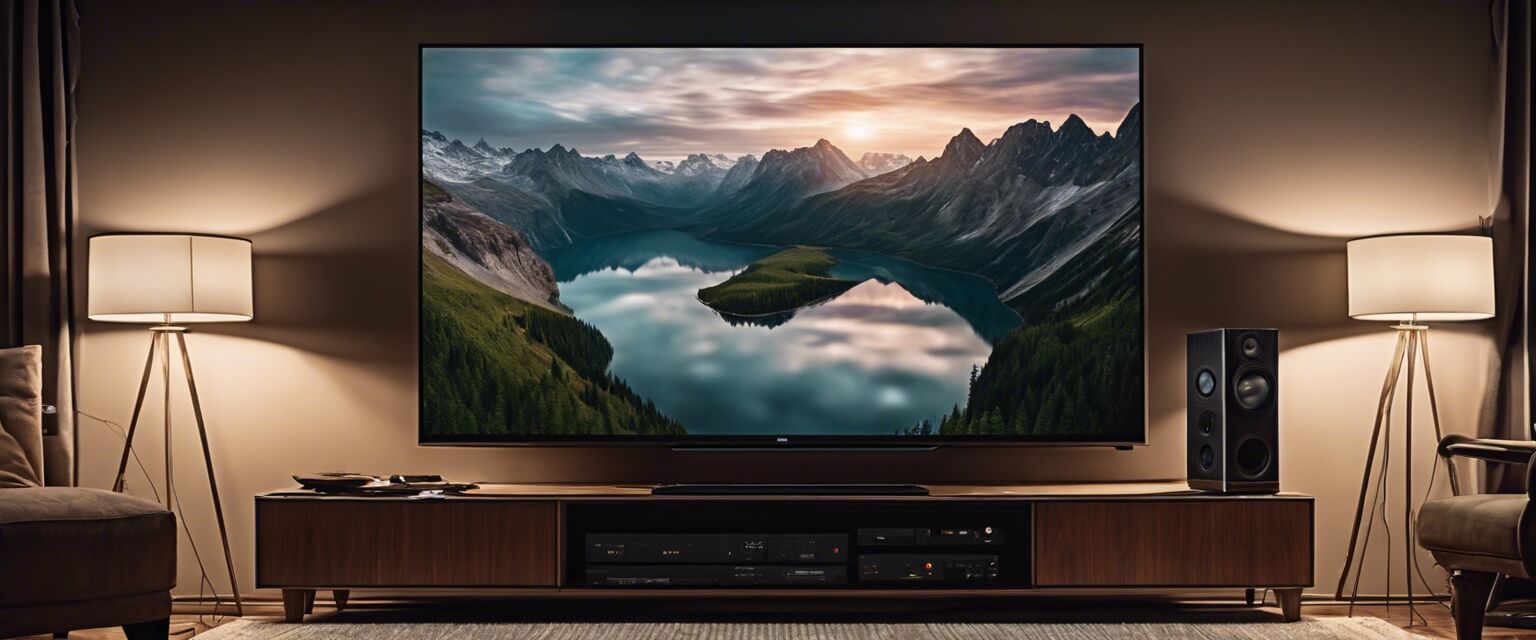
2. Audio System
The audio experience is crucial for an immersive home theater. Here are some budget-friendly options:
- Soundbars: Space-saving and easy to set up with decent sound quality.
- Bluetooth Speakers: Portable and versatile, ideal for small spaces.
For more details on sound options, check out our Soundbars and Bluetooth Speakers pages.
3. Media Source
You need a way to play your media. Here are some budget-friendly sources:
- Streaming Devices: Affordable options like Roku or Amazon Fire Stick.
- Blu-ray Players: If you have a collection of physical media, this is a great option.
For DIY audio kits, check our DIY Audio Kits section.
4. Comfortable Seating
Comfort is key for long movie nights. Look for budget-friendly seating options:
- Recliners: Look for sales or second-hand options.
- Bean Bags: Affordable and flexible seating arrangements.

DIY Tips for Home Theater Setup
If you're handy, consider some DIY solutions to save money:
- Build Your Own Speaker Stands: Use wood or repurpose materials.
- Acoustic Panels: Make your own using foam or fabric to enhance sound quality.
- Screen Setup: Paint a wall with projector screen paint for an affordable display option.
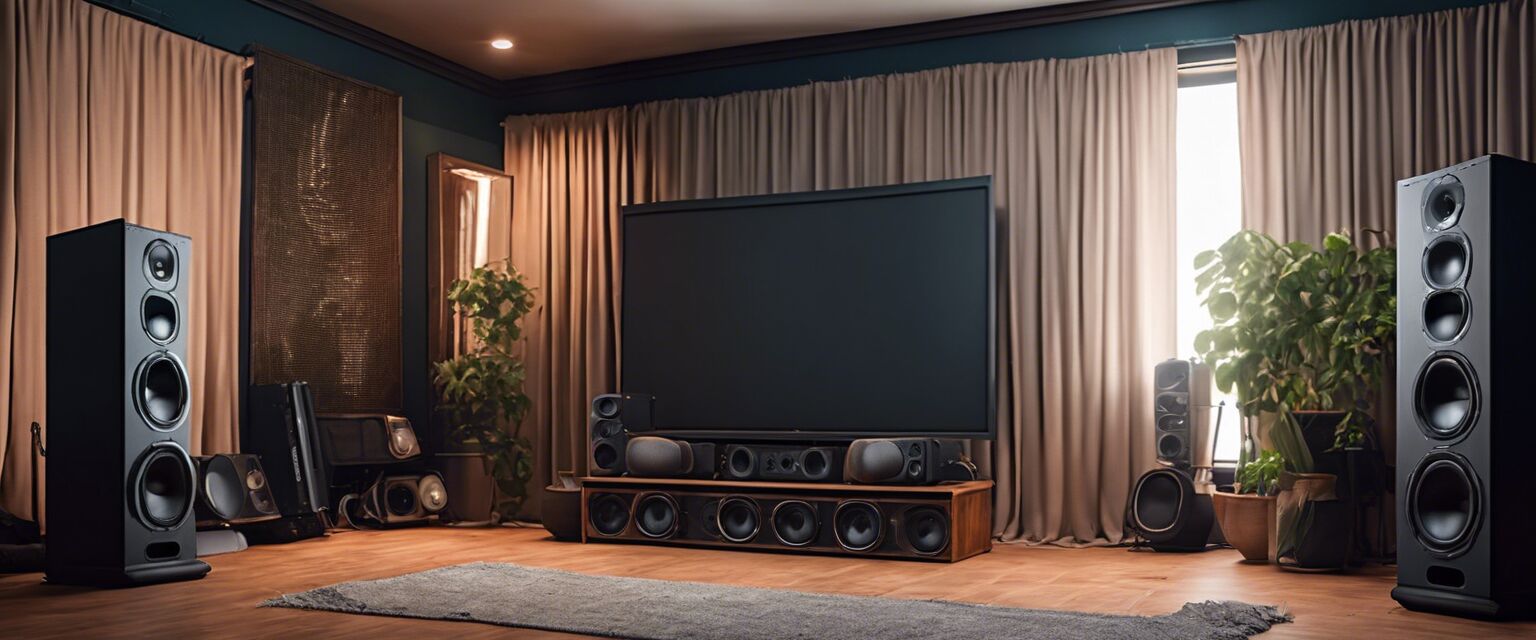
Room Acoustics and Setup
Once you've chosen your components, it's time to set up your room:
- Placement: Position your speakers at ear level for optimal sound.
- Room Treatment: Soft furnishings can help absorb sound and reduce echo.
- Distance: Maintain an appropriate distance between the seating and display for the best experience.
Conclusion
Creating a budget-friendly home theater system is achievable with careful planning and smart choices. By focusing on essential components and considering DIY options, you can enjoy an immersive cinematic experience right in your living room. For more insights, explore our Amplifiers, Receivers, Subwoofers, and Speakers pages for additional product recommendations.
Pros
- Affordable options are available for all components.
- DIY solutions can significantly cut costs.
- Flexible setup based on your room size and shape.
Cons
- Quality may vary with budget products.
- Setting up a DIY solution may require time and effort.
- Lack of professional installation may lead to suboptimal setups.
